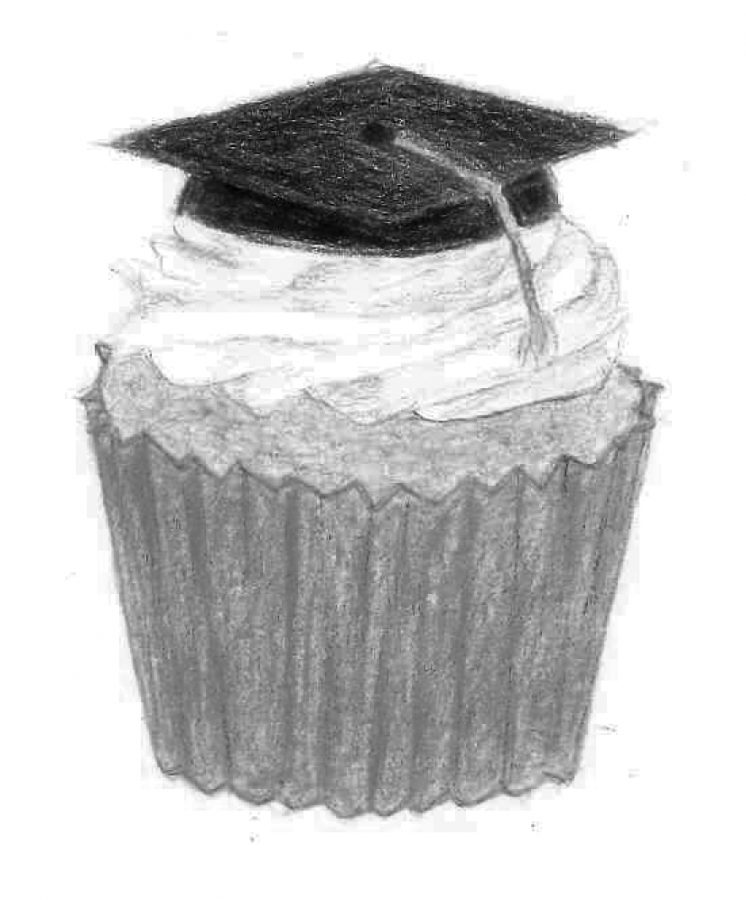The Great Cupcake Debacle: A short history of affirmative action
Television personality John Stossel hosted a racist bake sale in December of 2016. African-Americans and Latinos could purchase cupcakes for $0.50. The cost for white individuals was $1.00. And for Asians, the increment trend continued as the total increased to $1.50.
The demonstration was based off of student-led initiatives to spark the discussion of affirmative action at institutions such as Bucknell University and The College of William and Mary. Different prices for different ethnicities highlighted the imbalance of race in reference to college admissions processes, as well as in the workforce.
The initial concept of affirmative action was brought to light by John F. Kennedy in 1961, when he signed an executive order that introduced the terminology. However, it wasn’t until Lyndon B. Johnson took office and the Civil Rights Act of 1964 had been passed that affirmative action was recognized and enforced.
Affirmative action is designed to remedy past discrimination and take positive steps to eliminate the grievances of previous oppression on the federal, state, and local government levels. It requires the hiring and promotion of minority employees that represent a general composition of the population. Additionally, it is incorporated into post-secondary schooling to increase campus diversity and present opportunities that bridge the education gap.
New Jersey Senator Cory Booker said, “Educational attainment has historically been, and continues to be, a key component of upward economic mobility.” Senator Booker addressed the fact that since Brown v. Board of Education (1954) ruled separate but equal was inherently unequal, immense strides have been made to create parity between people of all races. He believes that systems like affirmative action should be left in place until “every child has the opportunity to manifest her or his genius.”
Some have found this practice to be a form of reverse discrimination. Senior Mehak Bhasin remarked, “I’m against it because although the population of a school should be diverse, it takes away opportunities from those who work hard.” Affirmative action stereotypes the background of underrepresented groups and yields unfair results in response to individuals that have a terrific work ethic, but are held back because of race-conscious systems.
Having been denied from medical school twice, Allan Bakke argued he was stripped of his right to the equal protection clause granted in the Constitution in Regents of the University of California v. Bakke (1978) because of an implemented quota system.
The university had designated a select amount of spots to the medical school for minority applicants. The court ruled that the practice of affirmative action was legally sound in reference to the guarantees provided by the 14th amendment. The Supreme Court Justices set the precedent that affirmative action cannot be established through a quota system. It was considered important to stay away from strong racial preference programs because although race is a factor in admissions, it is not the only factor.
In Adarand Constructors, Inc. v. Peña (1995), the court ruled in a 5-4 decision that all affirmative action cases were to be reviewed with “strict scrutiny.” Because the contractor of a Department of Transportation project received an exuberant compensation for employing small companies that were run by underprivileged individuals, Adarand was not hired as a subcontractor, as the competing business was certified as a minority. This was found to violate the principle of equal protection as it speculated the socially disadvantaged to be comprised of underrepresented groups.
In Gratz v. Bollinger (2003), the court struck down on the University of Michigan for instituting a point system that rewarded minorities simply based on their ethnicity. It harmed applicants of predominant races as it was negatively biased towards factors outside of their control.
The point system was a mechanism that forced integration of the school, admitting students that may not have deserved their spot on campus through merit, but helped to achieve diversity within the school. Justice Rehnquist described the policy as a “thinly disguised quota,” which led to unjust admission decisions.
In Grutter v. Bollinger (2003), the court affirmed the University of Michigan Law School’s admission selections as they promoted affirmative action, but did not incorporate a direct form of a quota. It was suggested that the diversity of the school helped to improve students’ worldviews and prepare leaders to understand the backgrounds of people of all ethnicities.
In the majority opinion, Justice O’Connor wrote, “We expect that 25 years from now, the use of racial preferences will no longer be necessary to further the interest approved today.” The belief is that as conditions improve for minority groups, the practice of affirmative action will no longer be applicable.
In recent years, affirmative action cases have flooded the desks of the Supreme Court. Allegations have swarmed even the most elite of institutions. Harvard has been accused of discriminating against Asian-American applicants in order to restore the imbalance of the university’s student body. This case could potentially deviate from affirmative action precedent as Brett Kavanaugh’s recent confirmation has shifted the ideology of the court to conservative.
While some viewed Stossel’s bake sale as disrespectful and ignorant, others understood the message it addressed. It opened up a forum for a contested topic over whether affirmative action truly compensates for past oppression, or if it encourages reverse discrimination.







